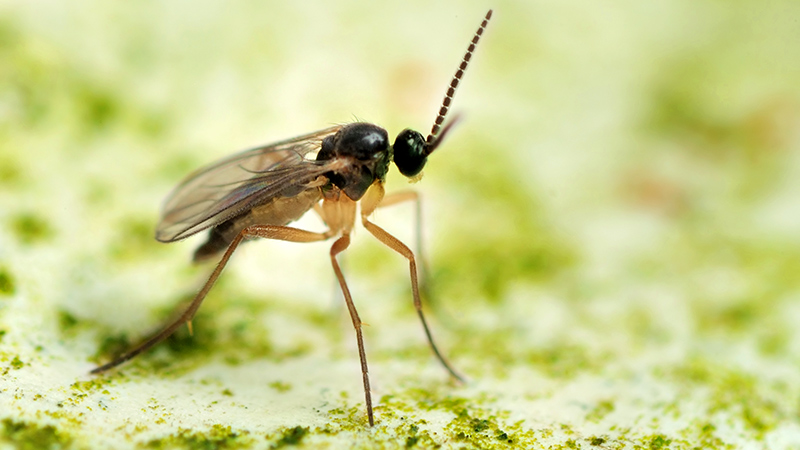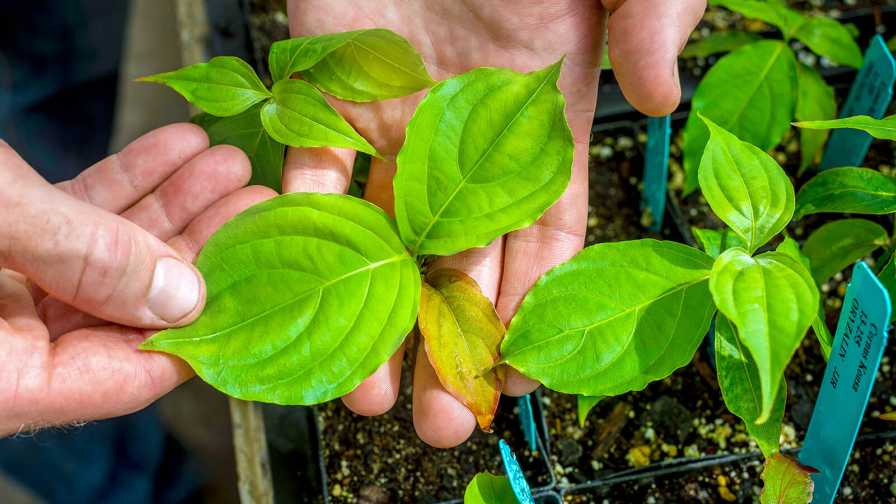Crisis Calls For A New Way Of Thinking
Editor’s Note: Over the next several months, this column will feature a roundtable of viewpoints from various team members with vested interest in and experience with Greenhouse Grower and the horticulture market.
As the drought in California drags on, policymakers and residents alike are taking serious notice. Government officials are rethinking antiquated water laws, while residents are making changes to conserve on their own.
An October 2 Los Angeles Times article reported that some law enforcement officials have introduced smartphone apps that allow people to take photos of homeowners and businesses that are violating water restrictions or using wasteful irrigation systems and share them privately.
Others have turned to the practice of “drought shaming,” or publicly sharing photos of water-wasting citizens on Twitter and Instagram. A search of #droughtshaming on either of the social media sites brings up photos of lush green lawns, people washing their cars and sprinklers running unattended while water runs down the sidewalk.
Luckily, the drought has led to more than just the shaming of neighbors. California will be regulating its groundwater reserves for the first time in the state’s history, as Gov. Jerry Brown recently signed the historic legislation that would overhaul the way the state manages its groundwater.
Californians have been free to pump as much groundwater on their property as they want since the Gold-Rush era, but due to the drought, people are pumping faster than the water can be replaced naturally.
While the new legislation may present a challenge to those who have become dependent on groundwater reserves, and while it will take decades for the regulations to be fully implemented throughout the state, it is a big step toward long-term sustainability.
In addition, growers are focused on capturing and recycling water in their own operations, and a $7.5 billion water bond that would authorize $2.7 billion for water storage efforts is on the state’s November ballot.
Perhaps most importantly, consumers’ attitudes are shifting. It’s the third year of the drought, and residents are realizing that there needs to be more permanent change, and for most people, that starts in their yards.
Ken Altman, owner of Altman Plants in Vista, Calif., says the drought has had an impact on his sales as people turn to more low-water options for their gardens (read more about the impact of the drought on page 14). Residents are beginning to embrace the mantra “brown is the new green” as they exchange lush, green lawns and traditional landscapes for more drought tolerant plants.
Anyone can go to SaveOurH2O.org and download a lawn sign stating the mantra to let their neighbors know that they have joined the effort. The website also offers water saving tips and displays photos of real homeowners’ water-efficient yards.
Home Depot has organized Garden Friendly plant fairs throughout the state, where customers can purchase drought tolerant plants and learn about water conservation.
Water scarcity will be an ongoing issue in multiple states, not just California. It’s an opportunity for growers to examine their own practices, and look for ways to cater to customers who are trying to act responsibly — and avoid drought shaming.









